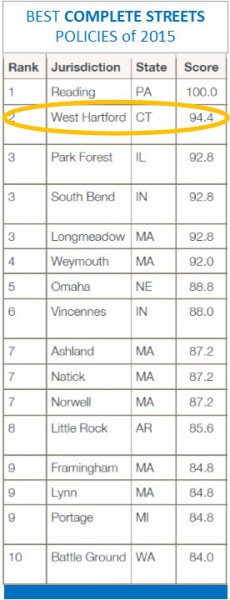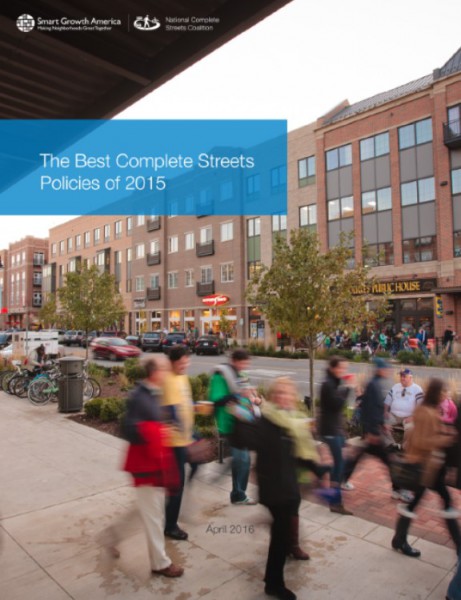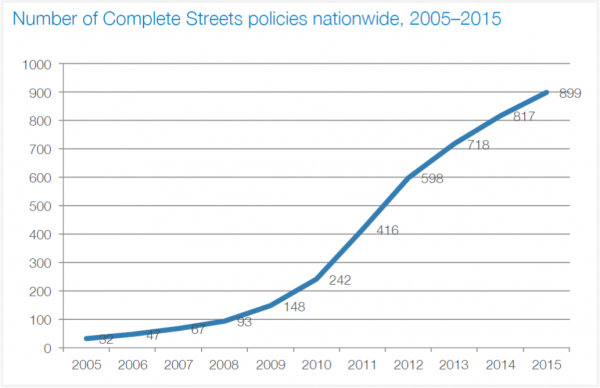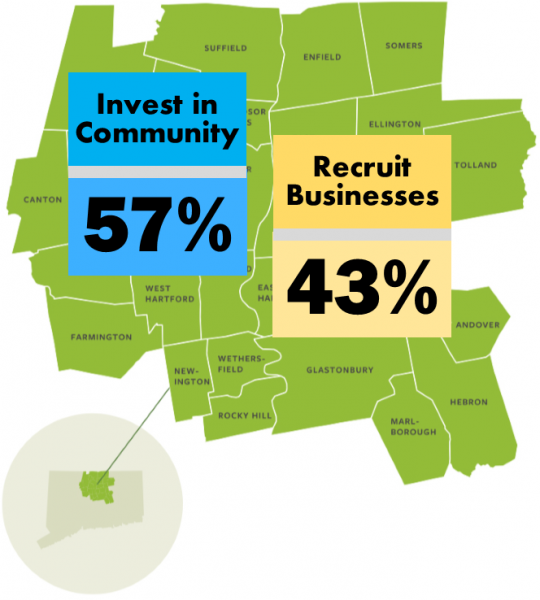Diversity Lacking Among Nation's Philanthropic Organization Leaders; Graustein Memorial Fund Cited As Model of Progress
/Five years ago, America’s philanthropic community recognized it had a problem, not uncommon in board rooms nationwide – a lack of diversity. More than a dozen organizations with connections to thousands of grantmakers came together to found the D5 Coalition to advance diversity, equity, and inclusion (DEI) in philanthropy. Now, the coalition’s final report on progress is out, and the picture is barely encouraging.
In an op-ed published this month in the Chronicle of Philanthropy, the co-chairs of the D5 initiative Robert Ross, Luz Vega-Marquis and Stephen Heintz said bluntly that “philanthropy remains on a par with country clubs when it comes to exclusivity,” observing that “there have been pockets of progress in the last five years, but philanthropy still does not adequately reflect the diversity of our nation.”
“The only source we have on foundation demographics, shows that the proportion of CEOs of color among respondents has remained flat over the past five years at eight percent. The corresponding figure for senior executive staff is a tad more positive – 17 percent, compared to 14 percent five years ago – but there’s been a slight decline in program officers of color.”
The status quo, they emphasized, “is unacceptable.” They point out that “as matters of inequality in income, employment, housing, public education, justice systems, and health care stake a growing claim on the national agenda, philanthropy must set the tone and pace for inclusiveness, and for who plays a key role in deciding where money goes.”
Robert Ross is the President and CEO of the California Endowment; Luz Vega-Marquis is the President and CEO of the Marguerite Casey Foundation; Stephen Heintz is the President of the Rockefeller Brothers Fund. Heintz, a former Connecticut resident, served as a state commissioner in the 1980’s in the administration of Gov. William O’Neill at the outset of his career.
 The D5 final report features stories about leaders in foundations and other philanthropic organizations taking meaningful action to advance DEI. “Storytelling is one of the most powerful ways to inspire action and change. We hope people working within foundations—whether they are a CEO, an HR manager or a program officer—draw on the important lessons from these stories, and apply them to their own unique situations,” said Kelly Brown, D5 Director. Kelly also cited statistics indicating that “when companies commit themselves to diverse leadership, they are more successful. Foundations and nonprofits,” she said, “have the opportunity to take a page from successful business playbooks.”
The D5 final report features stories about leaders in foundations and other philanthropic organizations taking meaningful action to advance DEI. “Storytelling is one of the most powerful ways to inspire action and change. We hope people working within foundations—whether they are a CEO, an HR manager or a program officer—draw on the important lessons from these stories, and apply them to their own unique situations,” said Kelly Brown, D5 Director. Kelly also cited statistics indicating that “when companies commit themselves to diverse leadership, they are more successful. Foundations and nonprofits,” she said, “have the opportunity to take a page from successful business playbooks.”
Among eight stories included in the final report which point to progress being made is one focused on Hamden-based William Caspar Graustein Memorial Fund, headlined “A Family Foundation’s Shift Toward Diversity and Equity.” The story explained that “Bill Graustein and his trustees had come to feel that the Fund would not make the desired progress addressing social issues unless it more explicitly addressed issues of race and inequality. To oversee that transition, in 2014 it hired as executive director David Addams, a former director of diversity at the ACLU and Vice President of Special Initiatives at the New York Urban League, who had made a mark running the Oliver Scholars in New York City, which identifies promising minority students and prepares them to succeed in top independent high schools and colleges.”
The report goes on to highlight that “a new mission statement, unveiled in 2015, pledges the Fund “to achieve equity in education by working with those affected and inspiring all to end racism and poverty.” The article indicates that they “will continue to attack barriers to achievement within schools and school districts, but, in an interview, Addams says a new focus will be ‘the barriers outside schools that undermine kids and undermine communities.’ Board members and staff members are thinking hard about how to translate the mission statement into new programmatic activity; they hope to present guidelines for the next phase of grant giving by mid-2016.”
Asked in the feature story whether it was important that the Graustein Fund turn to a leader of color at this juncture, Addams, who is African American, responded: “I don’t know if it has to be an African American person, but it has to be someone who can bring a missing perspective to the Fund. Part of that is understanding racism as well as — for me — having had the direct experience of coming up from poverty, and experiencing the barriers, and having been raised by a single black mother.” Addams, the article indicated, “grew up on the South Side of Chicago, in a neighborhood that was, and remains, nearly all black.”
The co-chairs of the D5 initiative note that “proponents of diversity and inclusion are successfully broadening the definition of diversity, which has evolved from a focus primarily on race and gender to include sexual orientation and disability. This strengthens our ability to have constructive conversations and help everyone understand how to get more perspectives into philanthropy.”
D5 has worked to help foundations and other philanthropic organizations recruit diverse leaders, identify the best actions for organizations to take, increase funding to diverse communities and improve data collection and transparency. Launched in 2010 as a five-year initiative, D5 has worked to help foundations and other philanthropic organizations recruit diverse leaders, identify the best actions for organizations to take, increase funding to diverse communities and improve data collection and transparency.


 The U.S. Surgeon General and Secretary of Transportation both spoke out for more Complete Streets last year and Congress passed a transportation bill that included Complete Streets language for the first time ever.
The U.S. Surgeon General and Secretary of Transportation both spoke out for more Complete Streets last year and Congress passed a transportation bill that included Complete Streets language for the first time ever.

 arlier this year, the University of Connecticut released
arlier this year, the University of Connecticut released 
 The large majority is also present across the ideological spectrum, with 94 percent of registered Democrats, 79 percent of independents and 68 percent of Republicans indicating their support for state paid family medical leave to support Connecticut workers and family caregivers.
The large majority is also present across the ideological spectrum, with 94 percent of registered Democrats, 79 percent of independents and 68 percent of Republicans indicating their support for state paid family medical leave to support Connecticut workers and family caregivers. One-thousand state voters age 25-plus were asked two questions about the paid family medical initiative, whether they supported such a plan, and whether they would support political candidates who did.
One-thousand state voters age 25-plus were asked two questions about the paid family medical initiative, whether they supported such a plan, and whether they would support political candidates who did.
 “Any member of the public interested in the proposed acquisition of control may attend the hearing,” indicates a public notice of the hearing. In addition, “Any policyholder of Cigna HealthCare of Indiana, Inc., or other person whose interests may be affected by the proposed acquisition of control shall have the right to appear and become party to the proceeding.”
“Any member of the public interested in the proposed acquisition of control may attend the hearing,” indicates a public notice of the hearing. In addition, “Any policyholder of Cigna HealthCare of Indiana, Inc., or other person whose interests may be affected by the proposed acquisition of control shall have the right to appear and become party to the proceeding.”





 Stamford has a public park named in his honor, recalling that Robinson represented tolerance, educational opportunity, and the confidence that inspires personal achievement and success. A life-size bronze statue of Jackie Robinson with an engraved base bearing the words “COURAGE,” “CONFIDENCE,” AND “PERSEVERANCE” stands in the park located on West Main Street, the gateway to downtown Stamford.
Stamford has a public park named in his honor, recalling that Robinson represented tolerance, educational opportunity, and the confidence that inspires personal achievement and success. A life-size bronze statue of Jackie Robinson with an engraved base bearing the words “COURAGE,” “CONFIDENCE,” AND “PERSEVERANCE” stands in the park located on West Main Street, the gateway to downtown Stamford. “It brought back very personal memories of my father talking about his trip to Cuba in 1947, when the Brooklyn Dodgers trained in Havana. At the time, dad was a member of the Dodgers' farm team, the Montreal Royals. Branch Rickey arranged for him to fly to Cuba for an exhibition game, just a couple of months before he broke down baseball's color barrier in the United States. To me, this connection to my father almost brought me to tears. I was watching a baseball game in the same stadium nearly 70 years later.”
“It brought back very personal memories of my father talking about his trip to Cuba in 1947, when the Brooklyn Dodgers trained in Havana. At the time, dad was a member of the Dodgers' farm team, the Montreal Royals. Branch Rickey arranged for him to fly to Cuba for an exhibition game, just a couple of months before he broke down baseball's color barrier in the United States. To me, this connection to my father almost brought me to tears. I was watching a baseball game in the same stadium nearly 70 years later.”


 Overall scores were based on eight categories: Search Capabilities, Complaint and Board Information, Identifying Doctor Information, Board Disciplinary Actions, Hospital Disciplinary Actions, Federal Disciplinary Actions, Malpractice Payouts and Convictions.
Overall scores were based on eight categories: Search Capabilities, Complaint and Board Information, Identifying Doctor Information, Board Disciplinary Actions, Hospital Disciplinary Actions, Federal Disciplinary Actions, Malpractice Payouts and Convictions.


 The data from the survey reflect a difference of opinion among older residents of the region. Individuals over age 46 took the opposite view from younger residents, with a majority expressing a preference for spending skewed toward recruiting companies. The reversal was dramatic, with two-thirds of those age 36-45 preferring investing in communities, by a margin of 67%-33%, and individuals age 46-55 expressing a preference for resources to be aimed at recruiting companies, with two-thirds holding the opposite view, 63%-38%.
The data from the survey reflect a difference of opinion among older residents of the region. Individuals over age 46 took the opposite view from younger residents, with a majority expressing a preference for spending skewed toward recruiting companies. The reversal was dramatic, with two-thirds of those age 36-45 preferring investing in communities, by a margin of 67%-33%, and individuals age 46-55 expressing a preference for resources to be aimed at recruiting companies, with two-thirds holding the opposite view, 63%-38%.

 Chinese made up 35 percent of the 92,000 foreign secondary school students in the United States in 2015, according to the US Department of Homeland Security, by far the largest group studying here, the Boston Globe
Chinese made up 35 percent of the 92,000 foreign secondary school students in the United States in 2015, according to the US Department of Homeland Security, by far the largest group studying here, the Boston Globe 






























